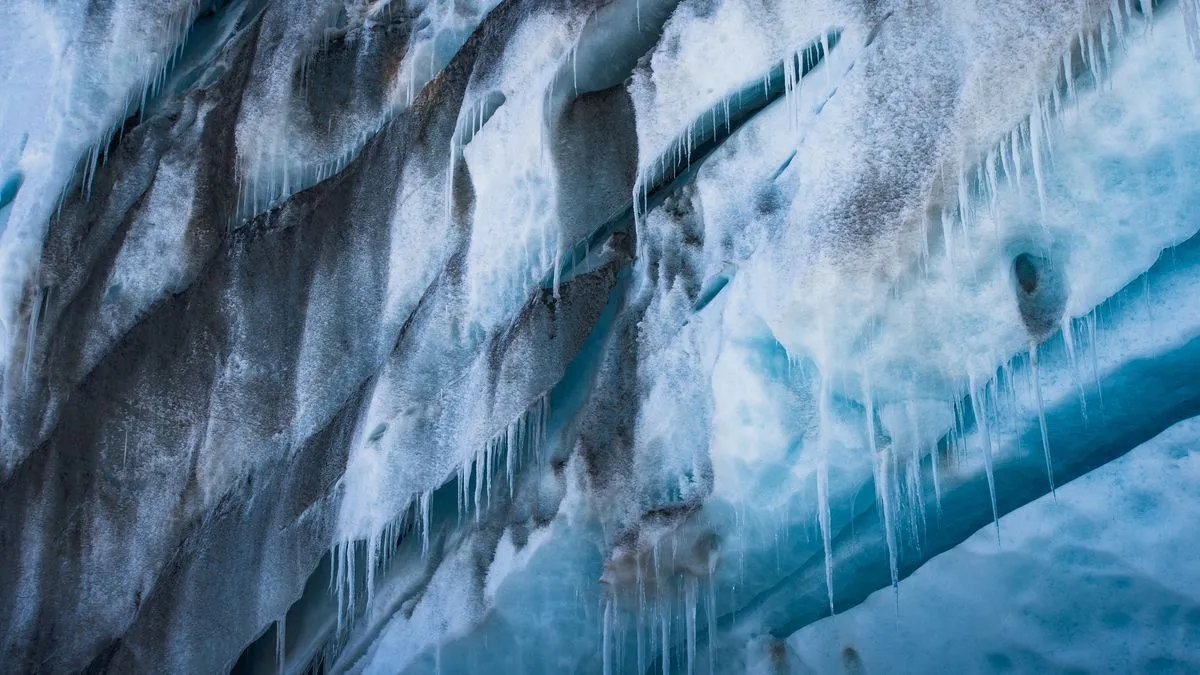We could be 16 years into a methane-fueled 'termination' event significant enough to end an ice age
We could be 16 years into a methane-fueled 'termination' event significant enough to end an ice age

We could be 16 years into a methane-fueled 'termination' event significant enough to end an ice age

Laymans media
https://www.space.com/climate-change-termination-event-end-ice-age
Academic source
https://agupubs.onlinelibrary.wiley.com/doi/10.1029/2023GB007875
Plain Language Summary Atmospheric methane's unprecedented current growth, which in part may be driven by surging wetland emissions, has strong similarities to ice core methane records during glacial-interglacial “termination” events marking global reorganizations of the planetary climate system. Here we compare current and termination-event methane records to test the hypothesis that a termination-scale change may currently be in progress.
ABSTRACT
Atmospheric methane's rapid growth from late 2006 is unprecedented in the observational record. Assessment of atmospheric methane data attributes a large fraction of this atmospheric growth to increased natural emissions over the tropics, which appear to be responding to changes in anthropogenic climate forcing. Isotopically lighter measurements of 13Cch4 are consistent with the recent atmospheric methane growth being mainly driven by an increase in emissions from microbial sources, particularly wetlands. The global methane budget is currently in disequilibrium and new inputs are as yet poorly quantified. Although microbial emissions from agriculture and waste sources have increased between 2006 and 2022 by perhaps 35 Tg/yr, with wide uncertainty, approximately another 35–45 Tg/yr of the recent net growth in methane emissions may have been driven by natural biogenic processes, especially wetland feedbacks to climate change. A model comparison shows that recent changes may be comparable or greater in scale and speed than methane's growth and isotopic shift during past glacial/interglacial termination events. It remains possible that methane's current growth is within the range of Holocene variability, but it is also possible that methane's recent growth and isotopic shift may indicate a large-scale reorganization of the natural climate and biosphere is under way.

